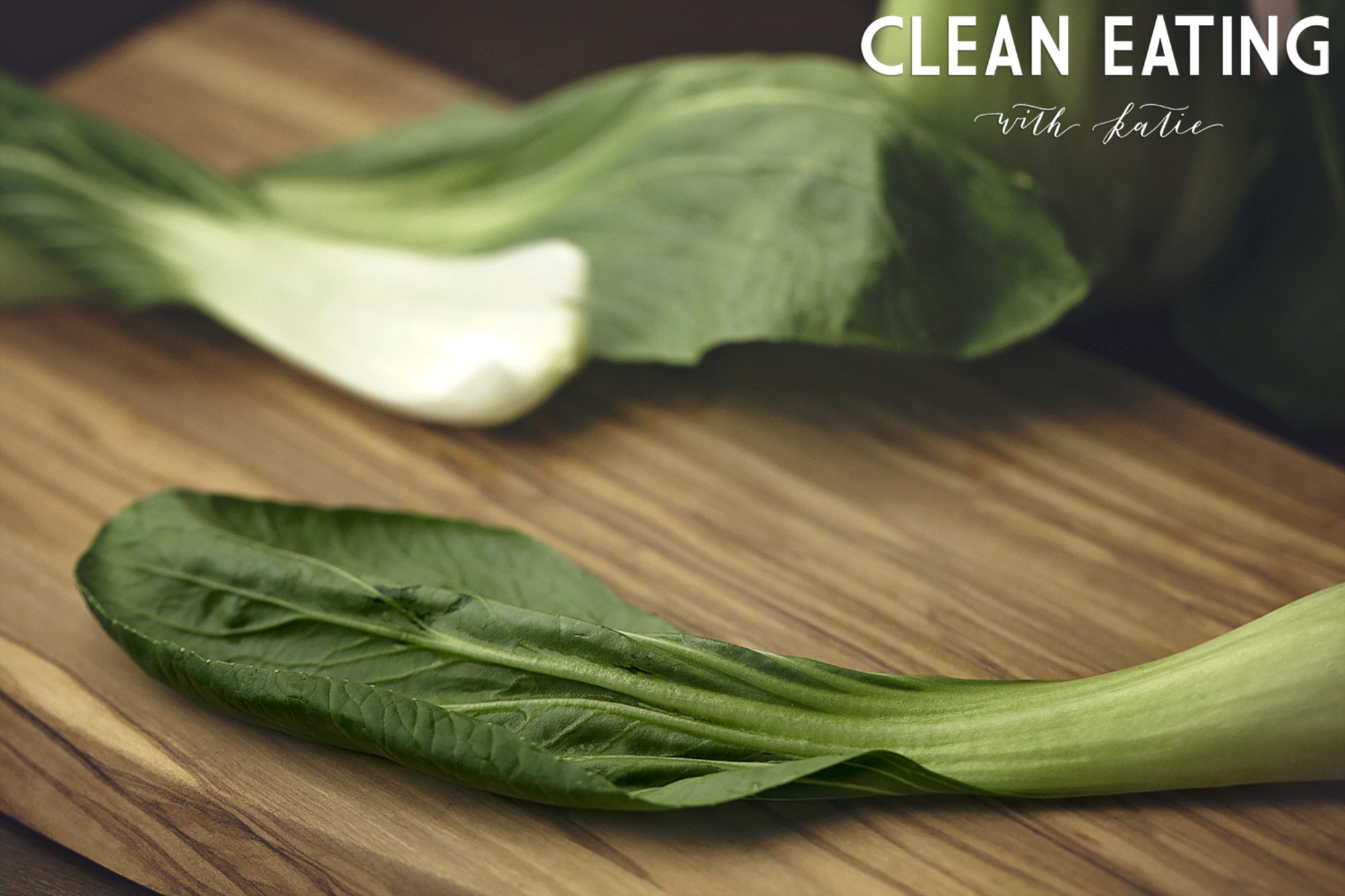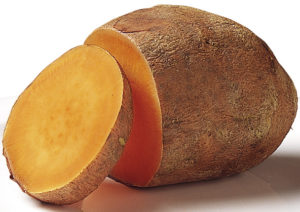Diabetes is “the single biggest global health epidemic of our time” (Hyman, 2012, p. 7). It contributes to many other health problems including retinopathy, kidney disease, gastroparesis, neuropathy, heart disease, cancer, dementia, and more. Managing blood sugar is a key to avoiding diabetes and the health problems that accompany it.
Glycemic Index 
The glycemic index (GI) is a way of measuring how quickly foods raise blood sugar (Cohen, 2010). Foods that are more slowly digested raise the blood sugar slowly, while foods that are quickly digested raise the blood sugar more quickly. The higher the number on the GI, the more that blood sugar will be increased. For those with Diabetes, managing blood sugar is key to managing Diabetes.
Glycemic Load
Glycemic load takes the glycemic index of the food and couples that information with the amount of that food, giving a more accurate prediction of how the blood sugar will respond. Glycemic load is considered to be a better tool when deciding what foods one should eat to manage blood sugar.
Glycemic Load and Glycemic Index
| Food | Serving | Glycemic Load | Glycemic Index |
| White bread | 1 slice | 10 | 70 |
| Corn flakes | 1 cup | 21 | 81 |
| Spelt Bread | 1 slice | 12 | 63 |
| Rye Bread | 1 slice | 5 | 41 |
| White rice | 1 cup | 23 | 64 |
| Brown rice | 1 cup | 18 | 55 |
| Baked Potato | 1 medium | 18 | 60 |
| Sweet Potato | 1 medium | 11 | 25 |
| Shredded Wheat | 1 cup | 17 | 83 |
| Skim Milk | 8 oz. | 4 | 32 |
| Oatmeal | 1 cup | 15 | 55 |
| Banana | 1 medium | 11 | 42 |
| Carrots, raw | 3 oz. | 1 | 16 |
| Cashews | 1 oz. | 2 | 22 |
| Lentils | 1 cup | 5 | 29 |
| Pearl Barley | 1 cup | 11 | 25 |
| Spaghetti | 1 cup | 23 | 48 |
| Apple | 1 medium | 6 | 38 |
| Orange | 1 medium | 5 | 42 |
| Sucrose | 2 tsp. | 7 | 68 |
References:


